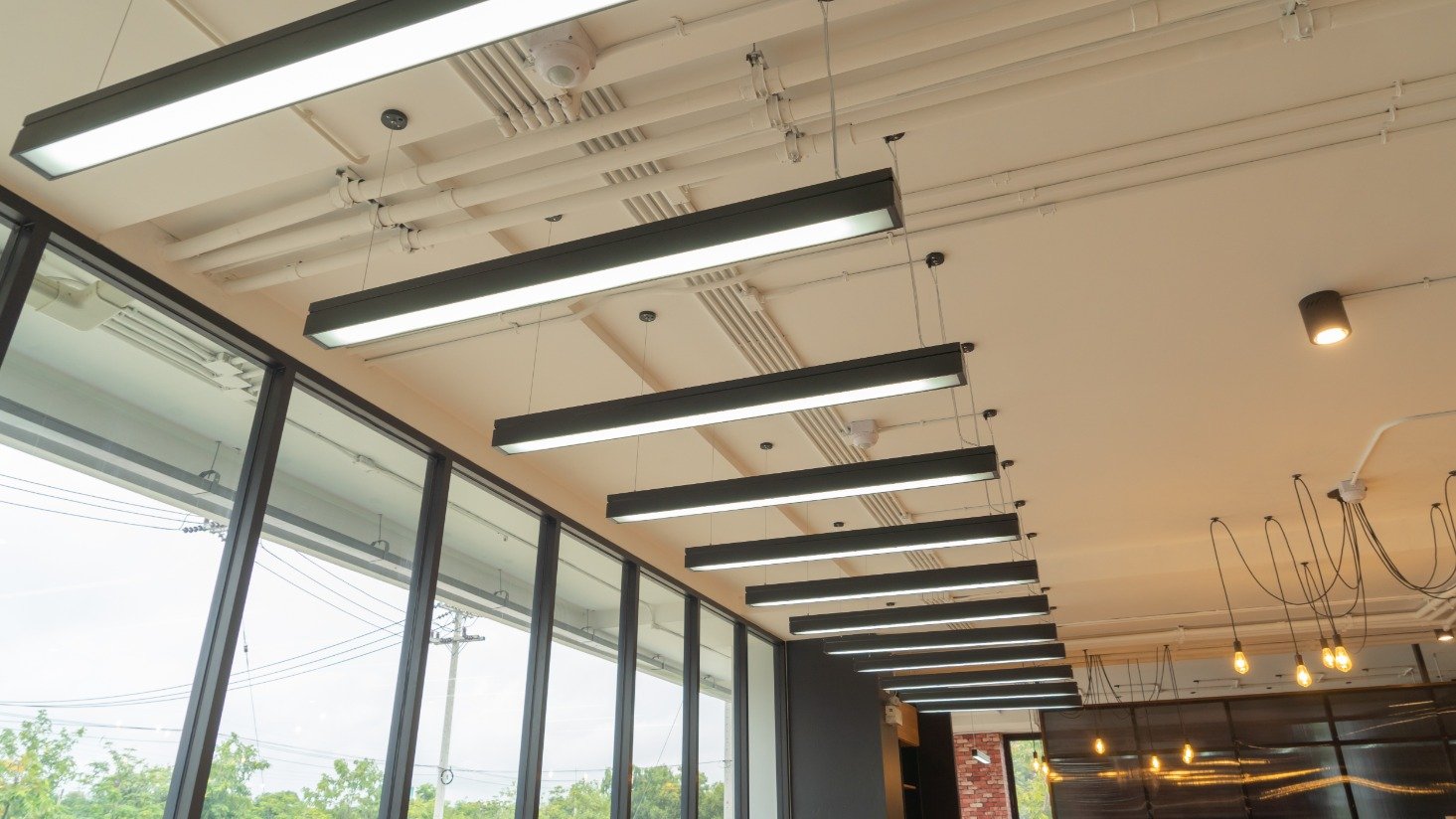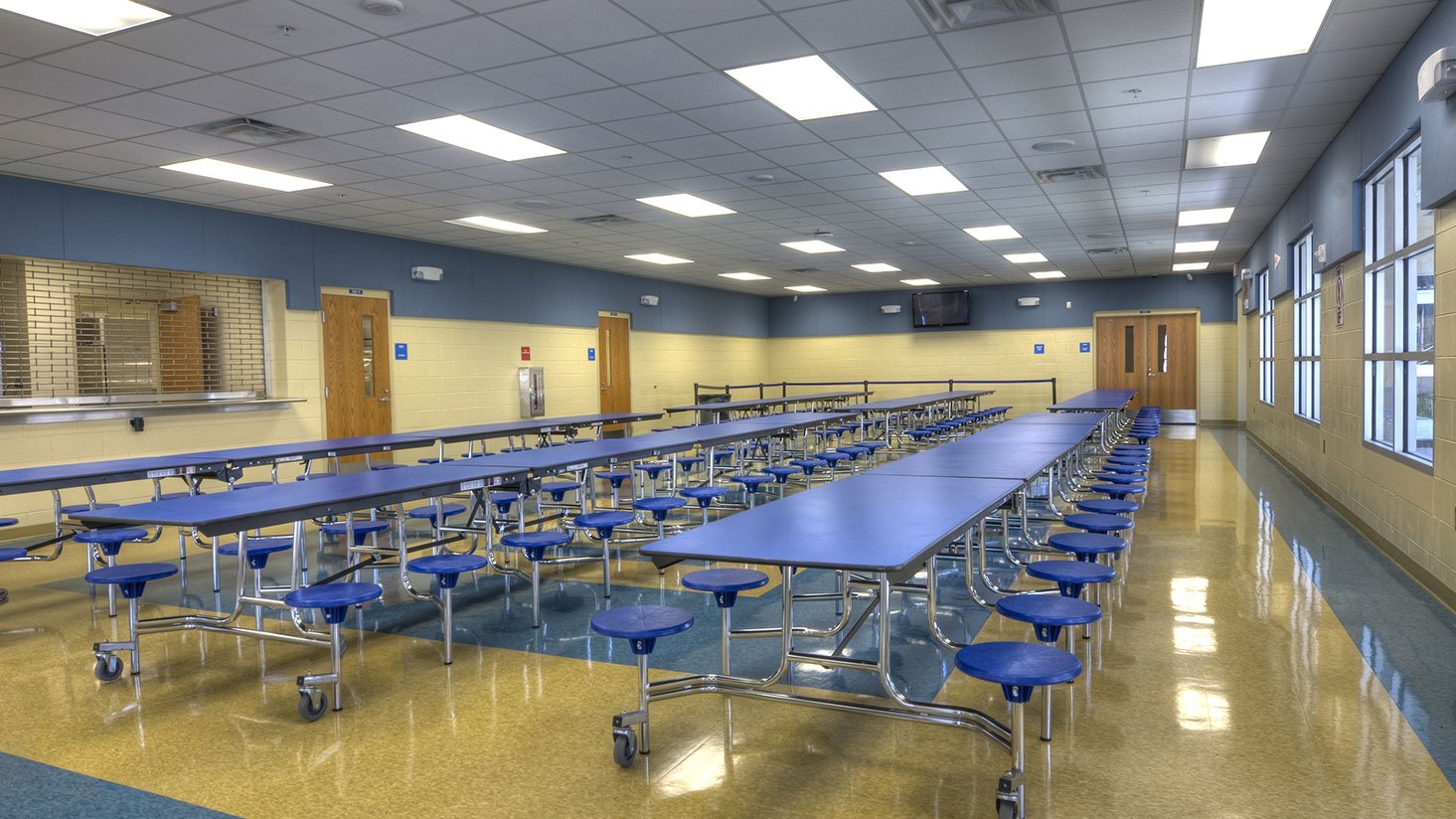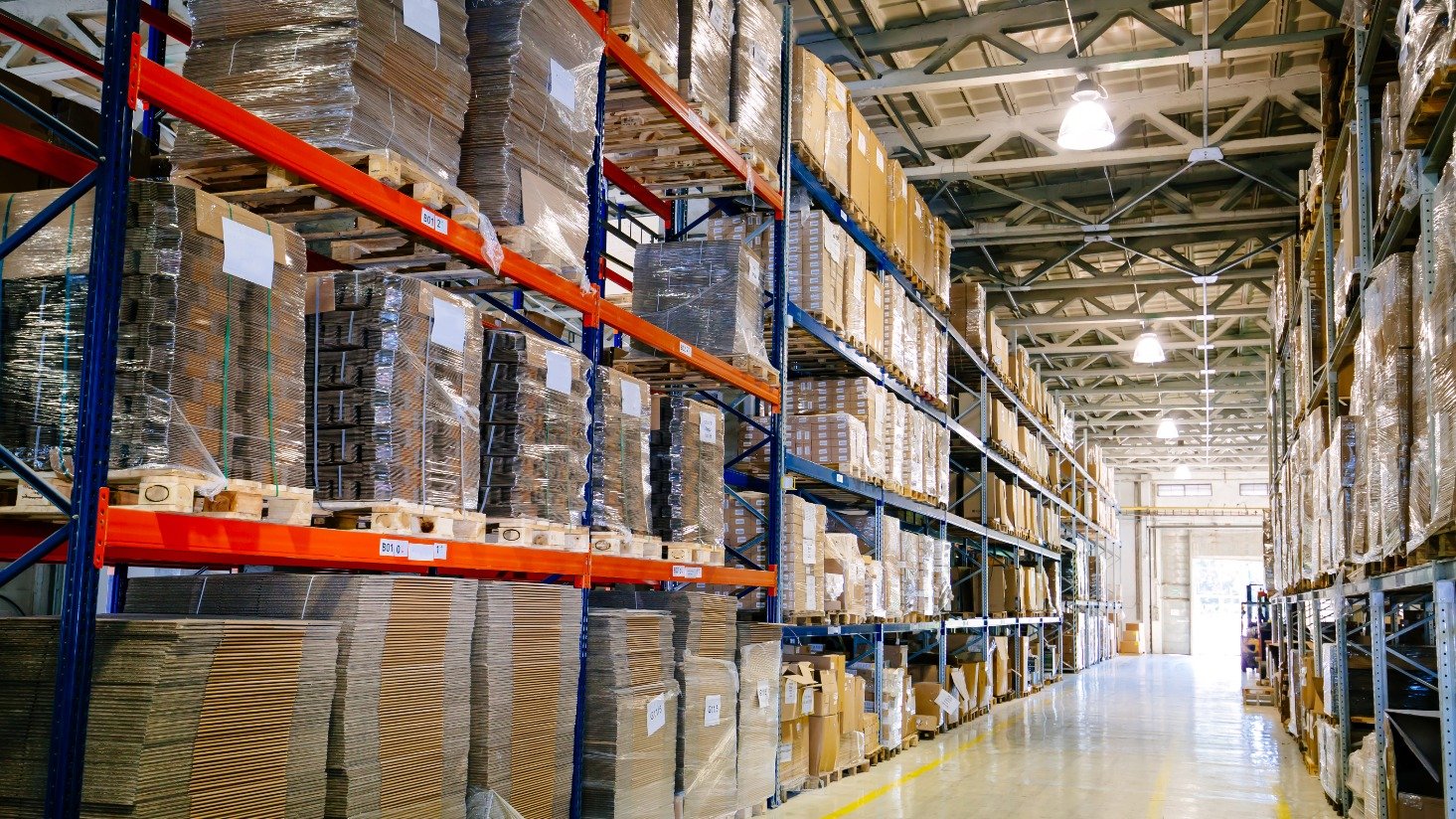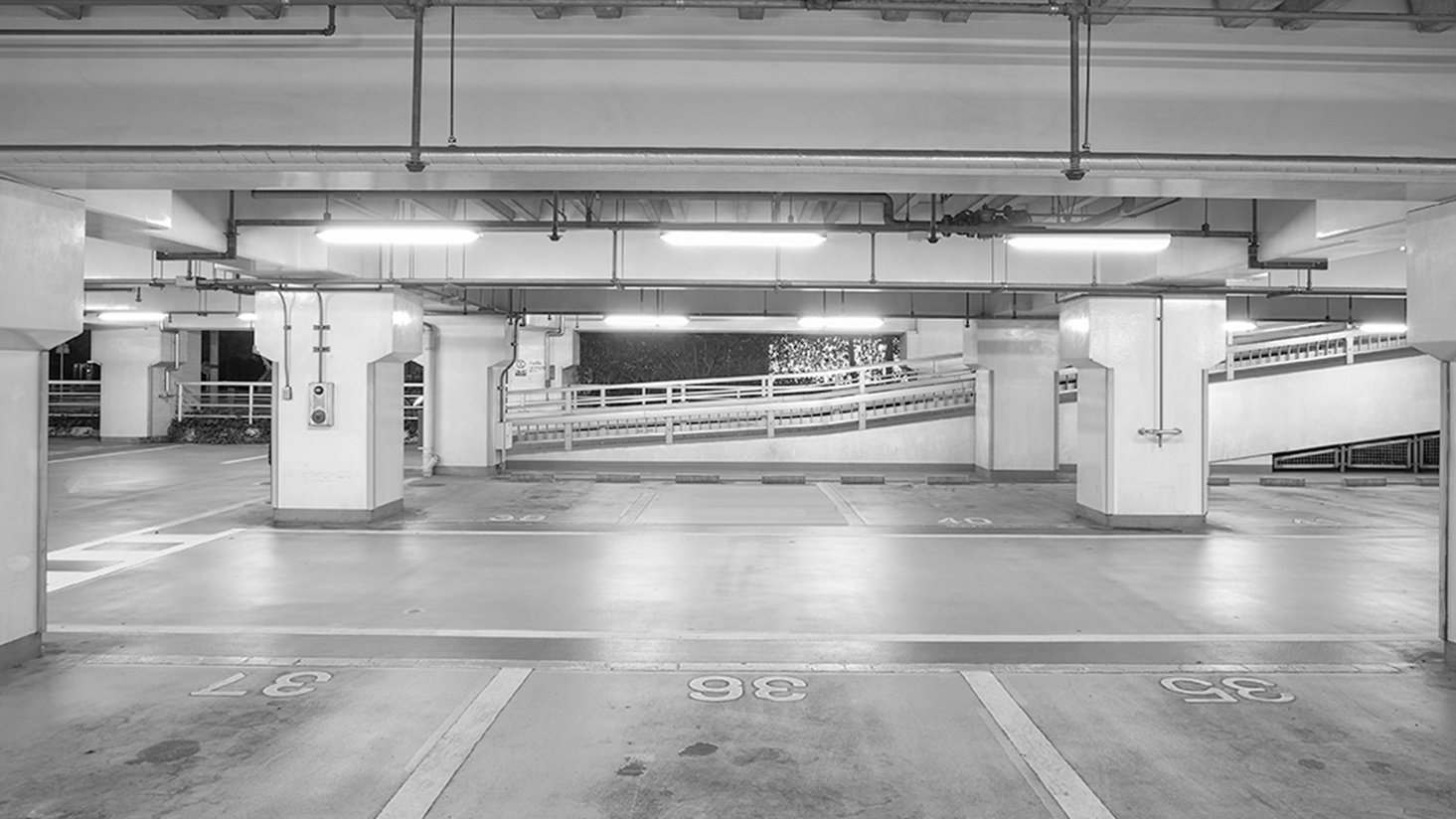Is it worth upgrading old linear LEDs to new LEDs?
LED lighting has taken the lighting industry by storm. Many businesses upgraded their old fluorescent tubes to LEDs years ago and have been reaping the savings ever since.
LED lighting has taken the lighting industry by storm. Many businesses upgraded their old fluorescent tubes to LEDs years ago and have been reaping the savings ever since.
If you’re one of these companies, you may be wondering how to know when it’s time to update your LED tubes to the latest technology and if it’s worth making the upgrade. LED lighting has come a long way in the last few years, so we’ll cover what has changed and why you may (or may not) want to consider upgrading your LED tubes to the latest generation.
What happens as LED tubes age?
LED tubes, like any other LED lighting, lose light output over time. In fact, the life rating of LED tubes is generally based on when the tubes will only produce 70% of the original light output, not necessarily when the tubes will go completely dark.
This means that over time, you’ll get less and less light from your LED tubes.
A few other things can also happen to older LED tubes in addition to reduced light output:
- Color shift: Some older LEDs experience “color shift” over time. This happens when the heat affects the LED chips. The color can become warmer, cooler, or even greenish with some lower-quality chips.
- Driver failure: While an LED tube’s lifespan is based on light output, you can also have a failure that is typically related to the driver in the tube.
- Ballast failure: If you’re experiencing failures and you used “plug-and-play” LED tubes compatible with your existing fluorescent ballast, you could be experiencing ballast failures. In this case, a new ballast may solve your problem, but you should also consider the age of your LED tubes and the latest technology available.
- Yellowing: Many early LED tubes were constructed out of plastic. If your tubes are yellowing, this could be the plastic aging (this could also be a cause of color shift).
LED tubes compared over the years
Now that you have a sense for what may be happening with older LED tubes, let’s cover what has changed with LED tubes over the years. As an example, we’ve gone back through the archives and compared the specifications for an LED tube designed to replace a standard 32W, four-foot fluorescent tube from a reputable LED tube manufacturer, and here’s a recap (year-to-year changes are bolded):
| Year | Specifications |
| 2015 | 19 Watts; 80 CRI; 2,000 Lumens; 50,000 Hour Life Rating |
| 2016
2016 |
15.5 Watts; 82 CRI; 2,000 Lumens; 50,000 Hour Life Rating |
| 2017
2017 |
15.5 Watts; 82 CRI; 2,100 Lumens; 50,000 Hour Life Rating |
| 2018
2018 |
15 Watts; 82 CRI; 2,000 Lumens; 50,000 Hour Life Rating |
| 2021
|
13 Watts; 82 CRI; 2,000 Lumens; 60,000 Hour Life Rating |
| 2022
2022 |
13 Watts; 82 CRI; 2,000 Lumens; 60,000 Hour Life Rating |
| 2023
2023 |
12 Watts; 82 CRI; 2,000 Lumens; 50,000 Hour Life Rating |
As we review the changes, this LED tube has gotten 37% more efficient with marginally better CRI in the last 8 years. This is a moderate improvement in specifications, but a few other underlying improvements have been made with the LED technology being used in these tubes:
- Efficiency: As seen above, a 37% increase in efficiency starts to add up.
- Light consistency: Most manufacturers have improved their “binning” consistency. Essentially, this means that the LED chips being used are more consistent within the tubes and from tube-to-tube. More consistency means better aesthetics and performance over time.
- Color quality: LED tubes have generally improved in color quality. If you’re not thrilled with the way colors look under your current LED tubes, there’s a good chance that the latest technology will improve this.
- Emergency and controls: Current generation LEDs have better emergency lighting options and better compatibility with lighting controls. It’s a good thing, too, because more local codes are requiring occupancy controls, daylight harvesting, dimming, and more.
- Cost: LED tubes have generally come down in price over the last eight years. The costs seem to be stabilizing, but in some cases, the LED options aren’t much different from fluorescent tubes.
- Health and wellness: In the world of LED lighting, manufacturers are also looking for ways to develop more “human-centric” lighting that factors in circadian rhythms and other advancements for health and wellness.
- Other technology: With LED tubes, specifically, there’s a fair amount of complexity on how to handle the old fluorescent ballast. There used to be limited options, but now manufacturers generally offer four types of tubes:
- Type A Tubes: Plug-and-play or ballast-dependent tubes that work with the old fluorescent ballast
- Type B Tubes: Ballast-bypass tubes that require re-wiring a fixture so line voltage flows directly to the tubes
- Type A+B Tubes: These tubes can work with or without a ballast and did not exist in 2015
- Type C Tubes: External driver tubes replace the old fluorescent ballast in the fixture with a similarly-shaped LED driver
For more on the different types of LED tubes, check out this article on plug-and-play vs. ballast-bypass and other linear LED solutions.
How to know when to upgrade LED tubes to the latest technology (and when not to)
Now that you have a sense for what may be happening with your current LED tubes and what has changed over the years, how do you know if it’s a good time to upgrade? Here are a few considerations:
1. Light output and quality
If you’re noticing that your linear lighting is dimmer or you’re getting complaints about dim areas and lighting quality, it may be time to consider an update. This used to happen with fluorescent tubes as well, and eventually it was simply time to “re-lamp.”
2. Energy efficiency improvements
If it’s been a few years, it’s likely that you’ve recouped your investment on your initial LED upgrade at this point. Now you have an opportunity to begin saving an incremental 30% or more on your linear lighting costs. This may not seem like much, but it’s a big improvement from how re-lamping fluorescent fixtures used to work.
3. Outages or issues
If you’re getting more outages from ballast or driver failures, or if you’re having trouble with controls compatibility, it may be time to update your linear LEDs to the latest technology.
We generally recommend considering an update to your LED tubes about every three to five years. This schedule allows you to avoid significant failure problems and enables you to take advantage of the latest technology and improvements.
With that said, in non-critical areas or areas where burn time is extremely low (like stock rooms), you may be able to get away with significantly longer periods between upgrades.
4. LED tubes versus LED fixtures
One more consideration for upgrading LED tubes is moving from an old fixture with LED tubes to a new LED fixture. Generally speaking, you end up with the highest efficiency and the best performance when you opt for a fixture designed around LEDs.
If you have any fixtures in disrepair or need a visual upgrade for your space, an LED fixture or LED retrofit kit may be the perfect solution.
There are even LED fixtures that mimic skylights in interior spaces, offering health and wellness benefits for the people in the space.
We cover this topic in more detail in this article: Plug-and-play LED bulb vs. LED fixture: Pros and cons for your next project.
Need help choosing the best LED tubes?
We've had years of experience finding the best LED products. Chances are, either the technology or the product has updated since the last time you upgraded — and our team is dedicated to staying on top of all of the changes.
Schedule a consultation with one of our lighting consultants. We're here to help you navigate the challenges of the lighting world.











